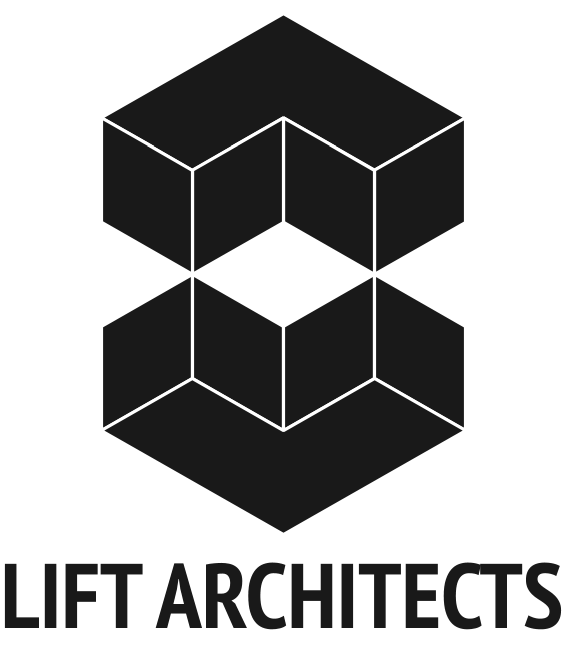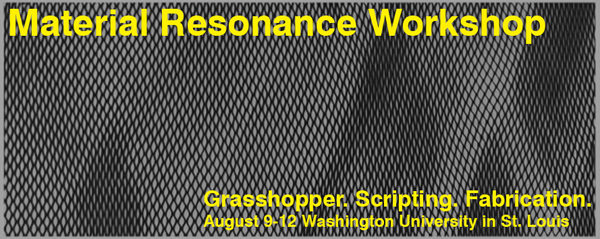I would like to extend a huge congratulations to Kichan U and his team of translators for taking on the monumental task of translating the entire 160 pages of the Grasshopper Primer (second edition) into the Korean language. A lot of hard work went into this translation and it is our hope that this work will help spread information about the Grasshopper plugin to Korea and beyond. Kichan U and his team (including Ms. Jaewon Shin) at RP Architecture Engineering & Consulting have started an online community to get feedback from Korean Grasshopper users. Feel free to visit: http://cafe.naver.com/mustbim to join in the discussion.
Download Source Files:
The Grasshopper Primer_Korean Edition.pdf(size: 5.6mb - right-click and select 'Save Link As' - Adobe Acrobat needed)
Primer Source Files(size: 193k - right-click and select 'Save Link As' - this is a collection of Grasshopper definitions and Rhino files needed to complete the examples in the primer)













